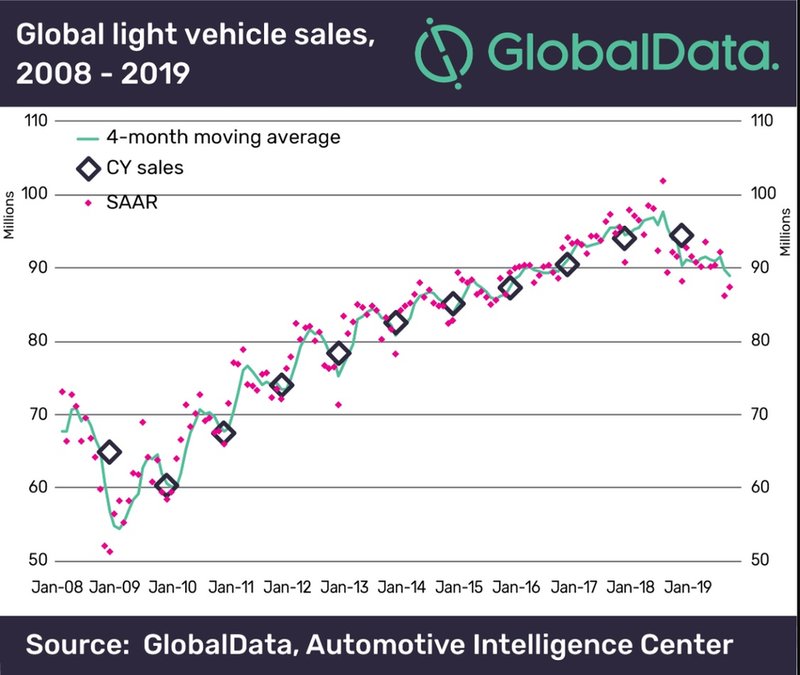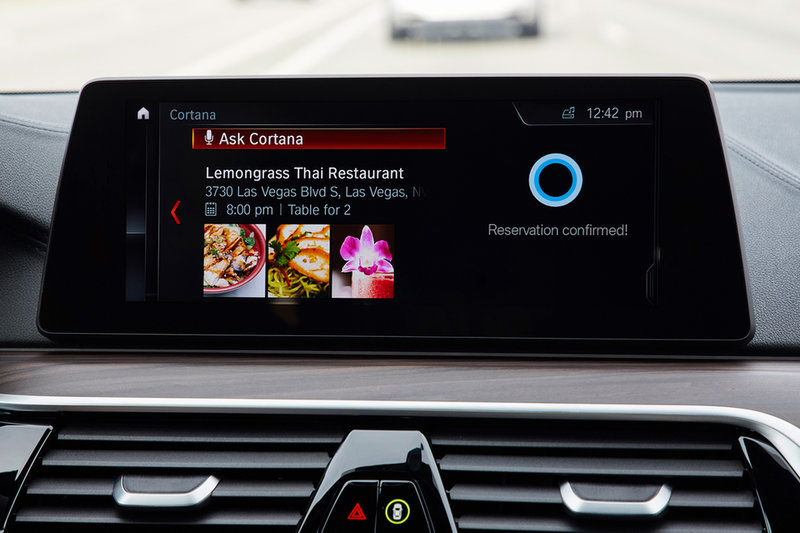FCA and Engie press ahead with V2G project
Fiat Chrysler Automobiles (FCA) and ENGIE Eps are pressing ahead with a project working on interactions between electric cars and the power grid, based on a 'smart' charging infrastructure. FCA has selected ENGIE Eps as the technology partner for the project.
FCA said work has begun at the FCA plant in Mirafiori, Turin, on the first phase of the Vehicle-to-Grid (V2G) pilot project. Once fully completed, it will be the largest plant of its kind in the world.
The initiative is aimed at two-way interaction between FCA full electric vehicles and the power grid. In addition to recharging the cars, the project will use their batteries to provide grid stabilisation services (ie feed electricity back to the grid). The vehicle batteries are capable of storing energy and, using the V2G infrastructure, can return it to the grid when demanded. FCA maintains this represents an opportunity to optimise the operating costs of the cars – for the benefit of motorists – and a concrete possibility of contributing to a more sustainable electricity system.
The need for balancing resources in the power grid is expected to increase considerably in the future: on the one hand to support the development of renewable sources, where energy production is by default non-programmable; on the other hand, to manage the deployment of electric vehicles, which – given that they require power to be recharged – could further destabilise the system. In the near future, the deployment of infrastructure for intelligent battery management, for example the system under development at Mirafiori, will therefore be a key element in balancing real-time energy demand and production, FCA points out.
V2G technology therefore represents one of the strongest incentives for the spread of truly sustainable electric mobility and a pillar of a rapid energy transition in terms of accessibility to all – resulting in lower CO2 emissions – and in terms of sustainability from the point of view of the electricity infrastructure, where safety and reliability would in turn be increased. The crucial importance of the project served as justification to start its implementation despite the current COVID-19 outbreak.
The construction site for phase 1 of the project is now open at the Drosso logistics centre, within the Mirafiori complex. The works cover an area of approximately 3,000m2 with 450m of trenches already excavated, ready to host over 10km of the cables required to interconnect the electricity grid with 64 two-way fast charging points, with an output of up to 50kW. The centralised infrastructure and advanced control system – providing Vehicle-to-Grid network services in addition to fast charging of electric vehicles – was designed, patented and constructed by ENGIE Eps.
Phase 1 of the project will see the installation of 32 V2G columns capable of connecting 64 electric vehicles and is scheduled for completion in July.
By the end of 2021, the infrastructure will be extended to interconnect up to 700 electric vehicles, capable of providing ultrafast grid services to the transmission network operator, as well as recharging the vehicles themselves.
In its final configuration, the project will be capable of supplying up to 25MW of regulatory capacity, making it the largest V2G facility ever built in the world. In addition, by aggregating with other FCA assets at Mirafiori – including 5MW of solar panel capacity – this V2G infrastructure will become a true Virtual Power Plant, indeed the most innovative one in Italy. It will have the capability to provide a high level of resource optimisation to the equivalent of 8,500 homes and a wide range of services to the network operator, including ultrafast frequency regulation.
"The project is acting as our laboratory to experiment on and develop an offering to add value in the energy markets," said Roberto Di Stefano, Head of EMEA e-Mobility at FCA. "On average, cars remain unused for 80-90 per cent of the day. During this long period, if connected to the grid by Vehicle-to-Grid technology, customers can therefore receive money or free energy in exchange for the balancing service offered, without compromising their mobility needs in any way. In addition, this project forms part of a broader context of the technology partnership that has stood between ENGIE Eps and FCA since 2016. The main, tangible objective of this partnership is to reduce the cost of FCA electric vehicle lifecycles, via specific offers exclusive to our customers."
"During this period of forced immobility in Italy, we are continuing to build the country's future in partnership with FCA, by developing the technology required for the electricity grid to support the deployment of electric cars. At the same time, the project will also help to stabilize the network," noted Carlalberto Guglielminotti, CEO of ENGIE Eps. "Estimates have it that by 2025, the total storage capacity of electric vehicles in Europe will be over 300 GWh, representing the largest distributed resource available to the European energy system. The market for V2G infrastructure, to date consisting almost exclusively of experimental projects, is now ready to get off the ground. The Drosso project at Mirafiori is a world first. We are confident that it will soon be joined by a solution for all company fleets."

Larger, curved screens
Jump into a new car today and you are almost sure to find a tablet-style touchscreen infotainment system positioned centre stage of the dash. It acknowledges that most of us no longer use maps to find our way around but expect the car to guide us to our destination and remain connected throughout the journey. For example, the Volvo XC90 comes loaded with semi-autonomous and connected car features, most of which are displayed on an intuitive centre console touchscreen.
As with most new technologies, what starts in the luxury market often trickles down the car segments. Inside the new Honda Civic, positioned at the top of the piano-black finish centre console - and drawing the eye as the push start is pressed - is a Honda Connect 2 seven-inch touchscreen, serving as the main point of contact to control the infotainment and climate control functions. This second-generation of Honda’s infotainment and connectivity system incorporates Apple CarPlay and Android Auto integration.
Tomorrow’s cockpits, according toHarman, will have more curved screens designed using OLED technology. The main advantage of an OLED display is that it works without a backlight, enabling it to blend into the interior.
Screens are becoming larger, too. The Tesla Model S features a huge 17-inch screen. But that is just the tip of the iceberg. China’s Byton has debuted its first concept car. A notable feature of the electric SUV is a colossal 49-inch screen stretching the width of the dash.
Whether or not such high-tech wizardry will actually make it onto the road, the above concepts demonstrate the direction the auto industry is taking.
Voice recognition
While giving instructions in our cars is nothing new, putting questions to the likes of Alexa and Cortana while on the road is. Automakers are fast adopting virtual assistants, confirming that speech is becoming the preferred interface for tomorrow’s cockpit.
Voice recognition is seen by some as the answer to eliminate many controls that have traditionally been manually operated. Voice can play an important part of a multimodal HMI solution for inputting information or for cutting through layers on the menus by requesting a function directly. Traditional voice control was centred on a set of fixed commands with catatonic responses which required some level of driver training prior to operation of the system. With the advent of the new low power, high performance microprocessors, smarter voice command engines linked into the HMI logic are now available. Even natural language and grammatical analysis are becoming more achievable.
Voice recognition, although already an option, looks set to play a bigger role as cars gradually become more autonomous.

If in doubt, ask: Microsoft’s Cortana AI system forms part of BMW’s Connected Car vision.
Gesture recognition
Looking down at a touchscreen (without haptic feedback) can be distracting. Gesture recognition is therefore said to be the Next Big Thing, regarded as the logical next step from touchscreens and buttons. Gesture control operates via a stereo camera within the cabin that can recognise certain hand movements for pre-programmed adjustments and functions. Rotating your finger clockwise at a screen could turn up the volume or a finger gesture could answer or decline a call. While such novelties will make life simpler for the driver, it should also simplify interior design and liberate space for storage options.
Interior lighting trends
Advances have also been made in the interior lighting department. Not so long ago, interior lighting consisted of central and side headliner lights, complemented by low-level ambient lighting located mainly in the cockpit area. Today, the accent has changed, thanks to widespread use of LEDs enabling personalisation of car interiors. For example, during night time driving, the Mercedes-Benz E-Class takes on an entirely different feel thanks to the ambient interior LED lighting that can be personalised using a palette of no fewer than 64 colours. It really does start to feel like a cockpit, adding illuminating highlights to the trim, the central display, the front stowage compartment on the centre console, handle recesses, door pockets, front and rear footwells, overhead control panel and mirror triangle.
